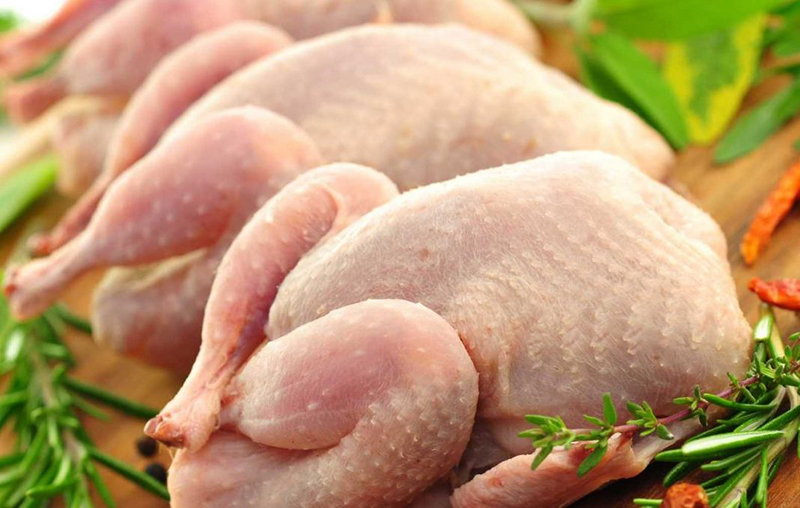Brazil: lower housing in January already signals cuts chicken production

The environment evidenced for the chicken industry during the first two months was extremely complex, with margins quite squeezed due to inflated costs in an environment in which prices melted down in the domestic market. However, there are good arguments for the recovery of both revenue and margin of the industry in the first half of the year:
– Ability to adjust production according to market challenges. Within the meat sector, chicken farming is the activity that has the shortest cycle. Making an adjustment in production is not something slow as in the case of pigs and especially cattle. Therefore, simply reducing the housing of breeding chicks has beneficial effects in the short term. The first of these is the reduction in corn consumption. The second is that, with a more adjusted supply framework, the propensity to readjust chicken prices increases;
– Great flow of exports. The chicken industry still enjoys an excellent flow of shipments in the first two months of 2022. Basically, Brazil has benefited from its privileged sanitary status and achieved an excellent flow of exports in recent months. Asia, Europe and the United States once again face the evolution of Avian Influenza, decimating their flocks. Even with such an inflated cost structure, Brazil is emerging as the best alternative from a productive point of view at the moment. For the sector, export revenue will be an important ally for the recovery of the operating margin in the first half of the year;
– Domestic consumption pattern. The average Brazilian still faces a serious loss of consumption power, inflation remains a serious obstacle. Besides, Brazil still registers only timid rates of growth in its economic activity. In other words, in 2022 the trend is still for the maintenance of certain consumption patterns that gained strength amid the coronavirus pandemic. Within the meat sector, the trend is towards the search for more affordable proteins, that is, chicken and eggs will be the priority choices for an important part of the Brazilian population, unable to absorb new retail readjustments in beef.
According to APINCO data, Brazil housed around 553.9 mln head of chickens in January, an important drop of 6.2% compared to the same period last year. This is an important indication that the productive sector is making the necessary cuts to face the current crisis involving the inflation of costs. In the first semester, the housing cut will be adopted repeatedly to mitigate the effects of the increase in the cost of inputs used in animal nutrition. In addition, creativity is necessary in the formulation of rations, seeking alternatives capable of adequately replacing corn and soymeal.
In view of the current troubled environment around costs, a review of the housing projection for the current year was necessary. The expectation is that in 2022 around 6.8 bln breeder chicks are housed, down 1.9% from 2021. Much of this cut is concentrated in the first half, in any case, the volume of housing still guarantees a quality protein for consumption by a large part of the Brazilian population.
In February, there was already evidence of a recovery in wholesale prices in several relevant consumption centers. The trend for March already indicates some recovery in the prices of live animals in the domestic market. That is, the recovery process is already underway at this point. For pig farming, the picture is not that simple, the sector does not have the preference of Brazilian consumers, exports are beginning to show increasingly clear signs of exhaustion, and the longer cycle of the activity hinders more efficient cuts in production to overcome the current highly-inflated cost structure.
Read also
Wheat in Southern Brazil Impacted by Dry Weather and Frosts
Oilseed Industry. Leaders and Strategies in the Times of a Great Change
Black Sea & Danube Region: Oilseed and Vegoil Markets Within Ongoing Transfor...
Serbia. The drought will cause extremely high losses for farmers this year
2023/24 Safrinha Corn in Brazil 91% Harvested
Write to us
Our manager will contact you soon



